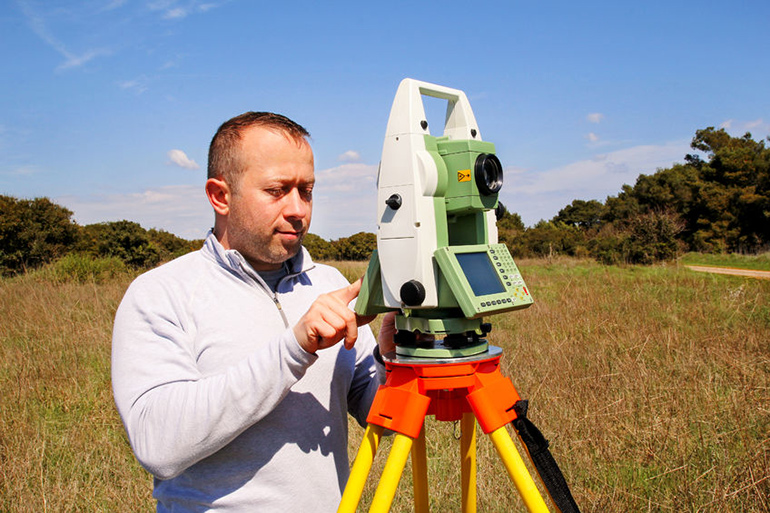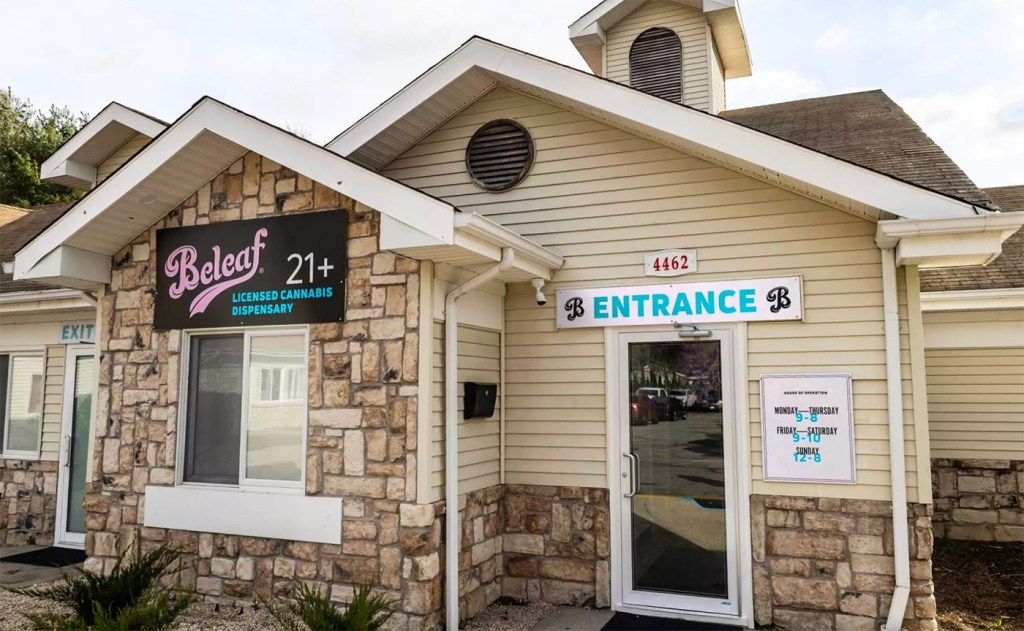Lieb at Law: Great Architects Are Land Use Experts

Architecture, which is the art of designing and building structures, is limited only by the bounds of an architect’s imagination.
That is not true.
While limiting structures to imagination sounds good in theory, in practice, a homeowner will reach the bounds of a property’s as of right land use way before they understand the bounds of their architect’s imagination.
As of right land use is the dimensional and physical limits that a town or village permits on a given parcel of property and which is set forth within a given town’s or village’s municipal code. Municipal codes throughout the East End can be found at ecode360.com and should be fully analyzed for as of right uses before a given parcel is purchased, especially when the purchase is being made with an eye towards development. These as of right land use laws cap the size, siting, materials, and engineering of structures while containing severe penalties for those who do not comply. These laws also differentiate the good architects from the great ones.
Great architects understand that their “projects almost always will require variances from the Towns’ Board of Zoning Appeals [BZA]” according to Alexander C. Ham, R.A. of NAIZTAT + HAM ARCHITECTS, P.C. of Southampton. A variance is “essentially a change in the zoning law as it applies to the subject parcel of land,” according to the New York State Division of Government Services, in their Zoning Board of Appeals publication (dos.ny.gov/lg/publications/Zoning_Board_of_Appeals.pdf) which explains every aspect of the variance process.
Great architects understand the variance process and help their homeowners navigate the BZA. In fact, according to Hamptons builder Willam Flanzer of Flanzer Construction Inc., the key to selecting a great architect is to determine whether they “communicate and are knowledgeable… [if they] can take time to show up to meetings and be there if needed.” This is because an architect must manage the variance process, which according to William Flanzer can take “2 years if it’s on the water or historical district and up to one year inland.”
In fact, Mr. Flanzer explained that, beyond the BZA, “[t]here could be many obstacles when filing with the Board of Health, New York Dept. of Environmental Conservation, and Town Conservation Department,” which also must be managed by the architect. So, a design that cannot be built is useless and an architect should be measured by their BZA skills as well as their design reputation.
According to Alexander C. Ham, R.A. “[t]he Variance process requires a few rounds of public hearings where neighbors who support or object to the proposal will be heard, and BZA Officers will evaluate the proposed variance to determine if the variance relief is reasonable and needed by the applying property owner without creating a detrimental condition for neighbors.” In fact, the BZA must consider the following five factors when hearing a variance, pursuant to either Town Law §267-b(3)(b) or Village Law §7-712-b(3)(b), including:
(1) whether an undesirable change will be produced in the character of the neighborhood or a detriment to nearby properties will be created by the granting of the area variance; (2) whether the benefit sought by the applicant can be achieved by some method, feasible for the applicant to pursue, other than an area variance; (3) whether the requested area variance is substantial; (4) whether the proposed variance will have an adverse effect or impact on the physical or environmental conditions in the neighborhood or district; and (5) whether the alleged difficulty was self-created, which consideration shall be relevant to the decision of the board of appeals, but shall not necessarily preclude the granting of the area variance.
So, the skill to both make and articulate reasonableness determinations is the key to achieving success for an architect. To succeed, Alexander C. Ham, R.A. explains his firm’s approach as “consistently switch[ing] our perspective back-and-forth between our client’s point of view and their neighbors’ point of view. In the end, we like to present the BZA with a project that asks for reasonable relief that will result in a beautiful home while still respecting its context. That’s the same thing the BZA is looking for.” As explained by William Flanzer, “[t]he more people are aware [of this process,] the less aggravation it can cause and make the process enjoyable.”
Andrew M. Lieb, Esq., MPH, is the managing attorney of Lieb at Law P.C. and a contributing writer for Behind the Hedges.



